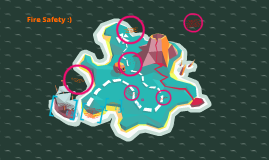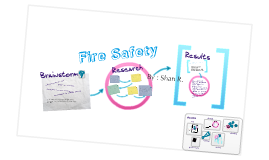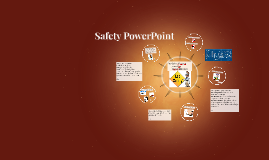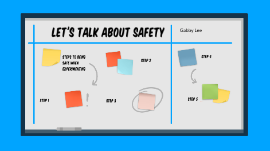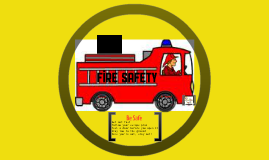Fire Safety
Transcript: Do employers have to provide portable fire extinguishers? No. But if you do, you must establish an educational program to familiarize your workers with the general principles of fire extinguisher use. If you expect your workers to use portable fire extinguishers, you must provide hands-on training in using this equipment. Cover procedures for controlling workplace ignition sources such as smoking, welding, and burning. Provide for proper cleaning and maintenance of heat producing equipment such as burners, heat exchangers, boilers, ovens, stoves, and fryers and require storage of flammables away from this equipment. Inform workers of the potential fire hazards of their jobs and plan procedures. Require plan review with all new employees and with all employees whenever the plan is changed. How can you get more information on safety and health? What are the rules for fixed extinguishing systems? Employers covered by these standards must implement plans to minimize the frequency of evacuations. All fire prevention plans must: Be available for employee review. Include housekeeping procedures for storage and cleanup of flammable materials and flammable waste. Address handling and packaging of flammable waste. (Recycling of flammable waste such as paper is encouraged.) Require an alarm system that includes voice communication or sound signals such as bells, whistles, or horns. Make the evacuation signal known to employees. Ensure emergency training. Require employer review of the plan with new employees and with all employees whenever the plan is changed. OSHA standards that require fire prevention plans include the following: Ethylene Oxide, 1910.1047 Methylenedianiline, 1910.1050. 1,3 Butadiene, 1910.1051 Describe the routes for workers to use and procedures to follow. Account for all evacuated employees. Remain available for employee review. Include procedures for evacuating disabled employees. Include preferred means of alerting employees to a fire emergency. Provide for an employee alarm system throughout the workplace. Fire Safety :) OSHA has various publications, standards, technical assistance, and compliance tools to help you, and offers extensive assistance through workplace consultation, voluntary protection programs, strategic partnerships, alliances, state plans, grants, training, and education. Must employers have a fire prevention plan? Process Safety Management of Highly Hazardous Chemicals, 1910.119 Fixed Extinguishing Systems, General, 1910.160 Fire Detection Systems, 1910.164 Grain Handling, 1910.272 Ethylene Oxide, 1910.1047 Methylenedianiline, 1910.1050 1,3 Butadiene, 1910.1051 Does OSHA require for emergency fire exits? Must employers develop emergency action plans? Every workplace must have enough exits suitably located to enable everyone to get out of the facility quickly. In addition, fire doors must not be blocked or locked when employees are inside. Delayed opening of fire doors, however, is permitted when an approved alarm system is integrated into the fire door design. What should employers do to protect workers from fire hazards? Substitute (temporarily) a fire watch of trained employees to respond to fire emergencies when a fire suppression system is out of service. Ensure that the watch is included in the fire prevention plan and the emergency action plan. Post signs for systems that use agents (e.g., carbon dioxide, Halon 1211, etc.) posing a serious health hazard. Employers should train workers about fire hazards in the workplace and about what to do in a fire emergency.







